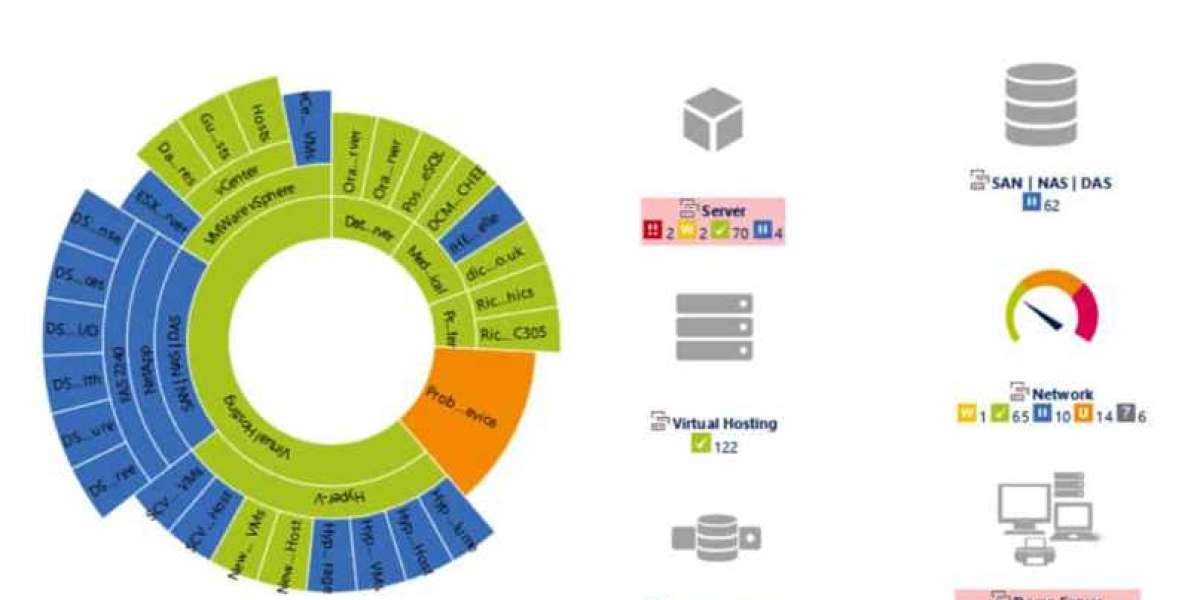Unsaturated Polyester Resin (UPR) is a critical material in the world of composite manufacturing. Known for its strength, chemical resistance, and adaptability, UPR forms the matrix of numerous fiber-reinforced composites used across automotive, marine, construction, and consumer goods industries. This thermosetting resin, when combined with reinforcement materials like glass fiber, creates strong, lightweight components that outperform many traditional materials in performance and durability.
Unsaturated Polyester Resin is synthesized through the condensation of glycols and unsaturated dicarboxylic acids, most commonly maleic anhydride or fumaric acid. The resulting resin is dissolved in a reactive monomer like styrene, which allows the polymer to remain in a liquid state until it is cured. When exposed to catalysts or heat, crosslinking occurs, forming a rigid, three-dimensional network that hardens into a tough, inert structure.
One of the major advantages of unsaturated polyester resin is its versatility. Manufacturers can tailor UPR formulations to meet a wide range of needs—whether it's flame retardancy, UV resistance, high impact strength, or thermal stability. This makes it the material of choice for fiberglass-reinforced plastic (FRP) applications such as boat hulls, automotive panels, water tanks, pipes, and even bathware like tubs and shower units.
The construction industry relies heavily on UPR-based composites for cladding panels, manhole covers, and architectural elements. These products resist corrosion, moisture, and environmental wear while remaining relatively lightweight—ideal for both structural and aesthetic applications. In marine applications, UPR is valued for its resistance to water absorption and saltwater corrosion, which enhances the lifespan of boats and offshore equipment.
In electrical and electronics, UPR provides excellent dielectric properties and is often used in enclosures and insulating parts. Its chemical resistance and dimensional stability further make it suitable for harsh environments.
Although UPR is widely used, it does have some limitations. Its shrinkage during curing and relatively brittle nature compared to epoxy resins can be a concern in some applications. However, these challenges are often mitigated with additives and hybrid formulations. New research is also focusing on reducing the use of styrene—a volatile organic compound (VOC)—to develop more eco-friendly resins without sacrificing performance.
With the ongoing demand for lightweight, durable, and cost-effective materials, UPR continues to evolve. Innovations such as bio-based polyesters and improved curing agents are driving the next generation of high-performance composites.








